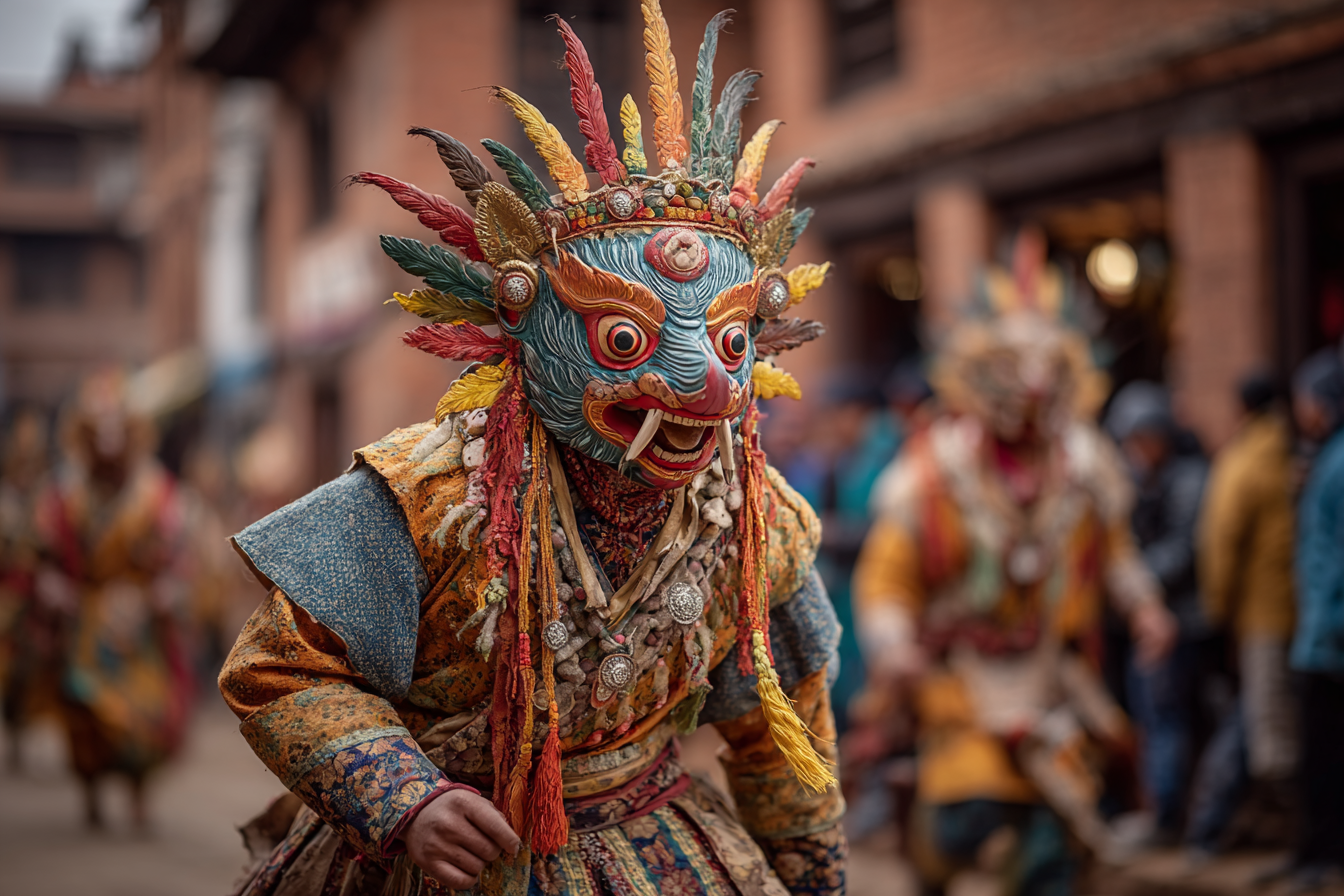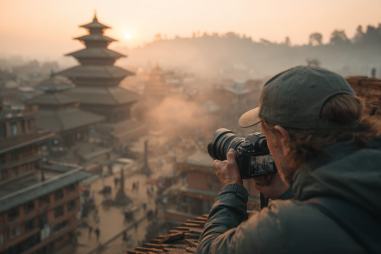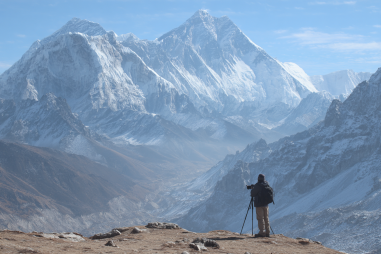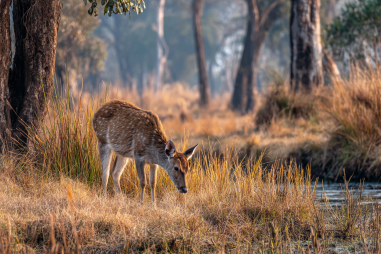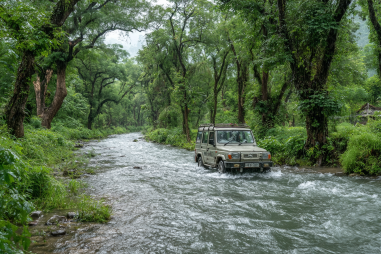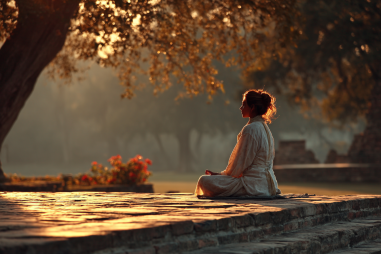Bhaktapur, one of the three medieval cities in the Kathmandu Valley of Nepal, is an enchanting destination that transports visitors back in time. Renowned for its preserved architecture, intricate woodwork, and vibrant culture, Bhaktapur comes alive through its colorful festivals and cultural events. These celebrations are not just occasions for fun and festivity; they are deeply woven into the social and spiritual fabric of the community. Experiencing Bhaktapur’s festivals is like stepping into a living museum where traditions thrive and local heritage is proudly displayed. If you’re planning a trip here, immersing yourself in these festivals will give you unparalleled insight into the city’s cultural heartbeat.
A Window into Bhaktapur’s Cultural Festivals
Bhaktapur’s festivals are a reflection of centuries-old customs combined with religious devotion, artistic expression, and community spirit. The city hosts a variety of festivals throughout the year, each with its unique religious significance and social importance. Many celebrations revolve around Hindu and Buddhist traditions, often celebrated with age-old rituals that have been passed down through generations. These vibrant festivities are not simply local affairs; they involve the entire community, drawing pilgrims and tourists alike. Whether marked by grand processions, traditional dances, or elaborate public performances, Bhaktapur’s festivals offer a dynamic way to understand the city’s culture and values.
Major Festivals You Shouldn’t Miss
Among Bhaktapur’s many festivals, some stand out for their scale, historical significance, and spectacular displays. One of the most famous is Biska Jatra, celebrated in the month of April. This lively festival marks the Nepali New Year and features energetic chariot processions, tug-of-war competitions, and the raising of ceremonial poles. Streets fill with music, chants, and crowds buzzing with excitement, showcasing a blend of religious fervor and communal celebration.
Other important festivals include:
- Gai Jatra (Festival of Cows): Held to commemorate the departed souls of family members, this festival features colorful parades with participants dressed as cows and jesters, creating a unique blend of mourning and merriment.
- Indra Jatra: Though primarily celebrated in Kathmandu, Bhaktapur’s version of Indra Jatra includes masked dances and processions devoted to the god Indra, bringing the streets to life with traditional music and dance.
- Dashain and Tihar: These pan-Nepalese festivals are celebrated with great enthusiasm in Bhaktapur. Dashain honors the victory of good over evil, while Tihar celebrates the bond between humans and animals with beautifully decorated houses and lively rituals.
Traditional Performances and Sacred Rituals
Bhaktapur’s festivals are incomplete without the traditional performances that combine storytelling, music, and dance. Masked dances, such as the Lakhey dance during Yenya or the Navadurga dance, are integral to many celebrations. Dancers don elaborate handcrafted masks representing gods, demons, or mythical creatures and perform choreography that narrates ancient legends and religious themes.
Rituals performed by priests and local shamans add a spiritual dimension to these events. Fire sacrifices, offerings, and blessings are conducted to seek protection and prosperity for the community. The intricate interplay between the sacred and the festive creates an atmosphere where visitors can witness Nepal’s living cultural heritage firsthand.
The Heart of the Festivals: Community Participation
What truly makes Bhaktapur’s festivals magical is the active involvement of local residents. The entire community plays a role in organizing, performing, and sustaining these traditions. Families often gather to prepare special foods, decorate homes and public spaces, and participate in religious ceremonies. Neighborhood groups come together to coordinate processions and dances, and elders ensure that rituals are correctly observed and passed on.
This communal atmosphere fosters a sense of belonging and continuity, connecting people across generations. It also ensures that the festivals remain authentic expressions of Bhaktapur’s identity rather than mere tourist spectacles. Visitors can feel this warmth and enthusiasm, making their experience of the festivals more meaningful and memorable.
When Is the Best Time to Experience Bhaktapur’s Festivals?
The timing of your visit can greatly enhance your experience of Bhaktapur’s vibrant festival scene. Most major festivals take place in the spring and autumn months, when the weather is pleasant and festive energy is at its peak. For example:
- Biska Jatra: Mid-April
- Gai Jatra: August
- Indra Jatra: September
- Dashain and Tihar: Late September-October and November, respectively
These periods are ideal for travelers seeking to immerse themselves in cultural events. However, it’s wise to plan early, as accommodation and transport can become crowded during festival times. Participating in these events offers an opportunity not only to witness but also to engage with local traditions deeply rooted in community life.
Respectful Participation: How Tourists Can Engage
While Bhaktapur warmly welcomes visitors to its festivals, it’s important to approach these cultural events with respect and sensitivity. Here are a few tips for tourists who want to participate meaningfully:
- Observe Before Participating: Take time to understand the significance of rituals and performances before joining in.
- Ask Permission: If you wish to take photos or interact with performers, always seek consent first, especially during sacred ceremonies.
- Dress Appropriately: Wear modest clothing suitable for religious events and follow any specific instructions.
- Support Local Traditions: Buy souvenirs, food, or crafts from local vendors to contribute to the community.
- Stay Mindful: Respect personal space, refrain from disrupting rituals, and follow guidance from festival organizers.
By embracing these guidelines, tourists can enjoy an enriching experience while honoring Bhaktapur’s cultural values and spiritual significance.
Embracing the Spirit of Bhaktapur through Festivals
Bhaktapur’s festivals offer an extraordinary window into Nepal’s living heritage, where ancient beliefs and joyful celebrations are interwoven with daily life. From the pulsating energy of Biska Jatra to the mesmerizing masked dances, each festival tells a story of a community bound by tradition, faith, and artistic expression. For travelers seeking authentic cultural immersion, timing a visit around these vibrant events is an unforgettable way to connect with Bhaktapur’s soul. Whether you’re marveling at the ornate chariots, joining in the communal laughter, or simply absorbing the colorful atmosphere, these festivals are a testament to the enduring magic of this historic city.

